Ground shipping is currently paused. Local deliveries throughout Long Island will continue as usual. Pre-orders for fall are now open. Non-local orders will begin shipping again in early September. Click here to learn more.
Ground shipping is currently paused. Local deliveries throughout Long Island will continue as usual. Pre-orders for fall are now open. Non-local orders will begin shipping again in early September. Click here to learn more.
| Size | |
|---|---|
| Common Name | |
| Type | |
| Family | |
| Native? | |
| Zone | 3, 4, 5, 6, 7, 8 |
| Height Range (ft.) | 2.00 to 4.00 |
| Spread (ft.) | 0.75 to 1.50 |
| Bloom Time | |
| Bloom Description | Red-purple |
| Sun | |
| Water | |
| Flower | |
| Maintenance | |
| Suggested Use | |
| Tolerate | |
| Attracts | |
| Growth Rate |
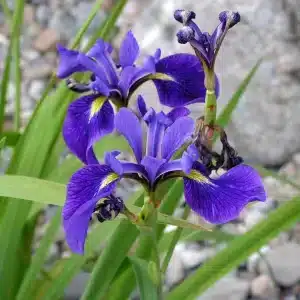
Liatris spicata, also known as Blazing Star, is a striking perennial that brings vertical elegance and vibrant color to any garden with its tall, purple flower spikes that bloom from summer to fall. Ideal for creating visual interest in borders, wildflower meadows, or as a cut flower in arrangements, Blazing Star is not only beautiful but also a magnet for butterflies and other pollinators. Thriving in full sun and well-drained soils, this drought-tolerant plant is easy to care for and makes a stunning addition to any outdoor space looking to enhance biodiversity and attract wildlife.
$12.99 – $149.99Price range: $12.99 through $149.99
Please note: Sizes 1.5 Gallon and up can’t be shipped outside the counties of Nassau, Suffolk, and Queens.
Learn more about how the process works and how our plants are delivered.
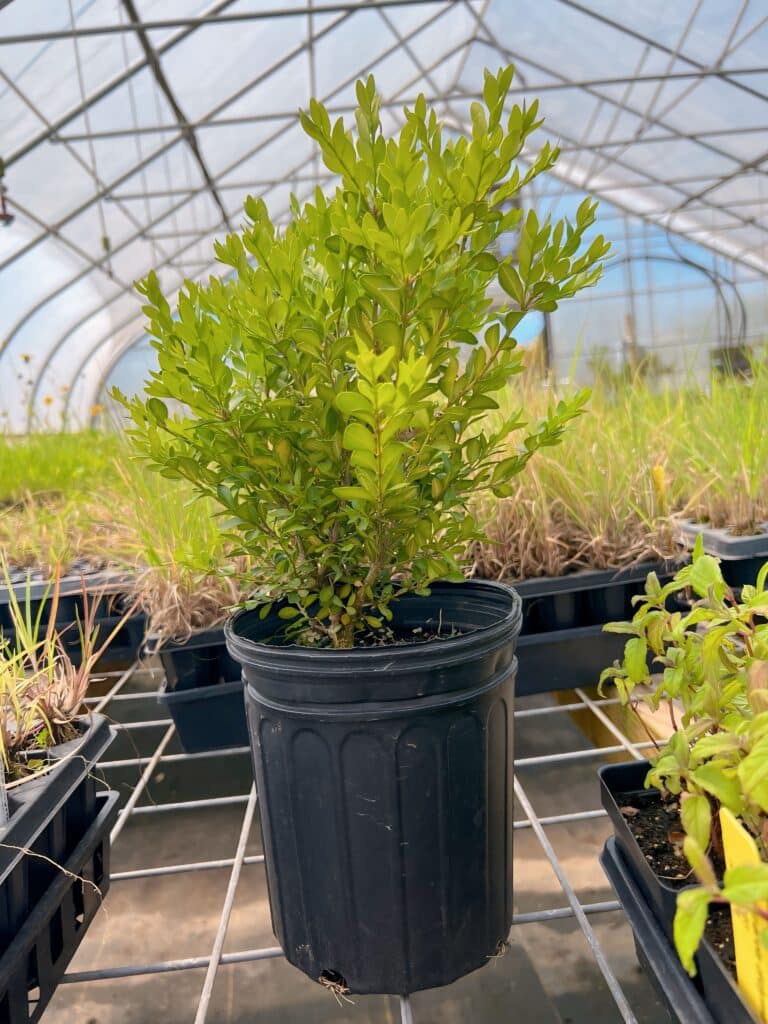
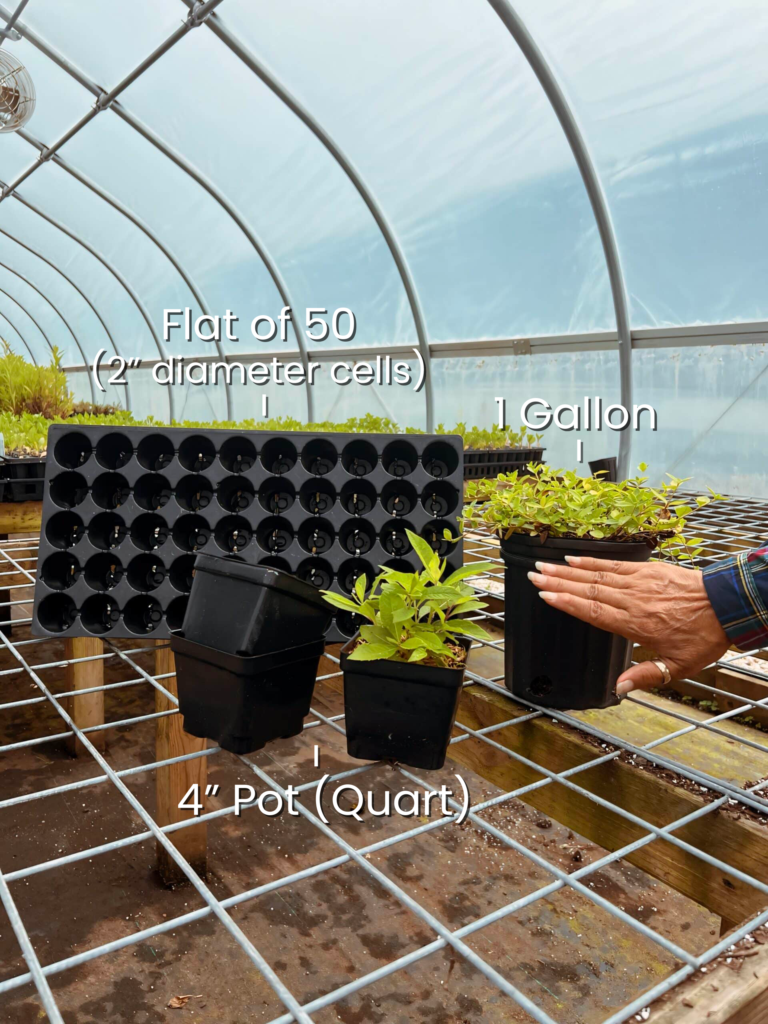
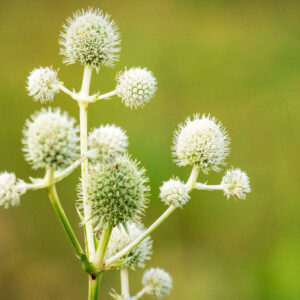
Ground shipping is paused due to summer heat. Only local delivery (Long Island & Queens) is available. Orders placed during the pause will begin processing September 1, and ground shipping will resume September 15.
| Size | |
|---|---|
| Common Name | |
| Type | |
| Family | |
| Native? | |
| Zone | 3, 4, 5, 6, 7, 8 |
| Height Range (ft.) | 2.00 to 4.00 |
| Spread (ft.) | 0.75 to 1.50 |
| Bloom Time | |
| Bloom Description | Red-purple |
| Sun | |
| Water | |
| Flower | |
| Maintenance | |
| Suggested Use | |
| Tolerate | |
| Attracts | |
| Growth Rate |
Embrace the captivating beauty of Liatris spicata, commonly referred to as Blazing Star, a perennial favorite among gardeners and pollinators alike. With its unmistakable tall, fluffy purple spikes, Blazing Star adds a touch of drama and color to the landscape, flowering from mid-summer to early fall.
Blazing Star’s striking appearance makes it a focal point in any garden setting. Pair it with other sun-loving perennials such as Rudbeckia, Echinacea, and Salvia to create a vibrant, dynamic display that supports a wide range of pollinators. Its tall, slender form is also perfect for adding depth and interest to the middle or back of borders, and its blooms make excellent cut flowers for indoor arrangements.
By adding Blazing Star to your garden, you’re not only enhancing the aesthetic appeal of your space but also contributing to the health of the ecosystem. The flowers of Liatris spicata play a crucial role in supporting pollinator populations, offering vital nectar sources during the late summer months when many other plants have finished blooming.
Planting Blazing Star in your garden offers a wealth of benefits, from its breathtaking beauty and ease of care to its invaluable role in supporting biodiversity. Let Liatris spicata bring its distinctive charm and ecological benefits to your outdoor sanctuary.
/5
Total reviews
|
|
Persons recommended this product
Anonymous
Shopper
check_circle Verified
Shop owner replied
Was this helpful
Anonymous
Shopper
check_circle Verified
Shop owner replied
Was this helpful
Your feedback helps us improve our service.
There are no reviews yet.
Be the first to review “ ”
Please log in to submit a review.
Only logged in customers who have purchased this product may leave a review
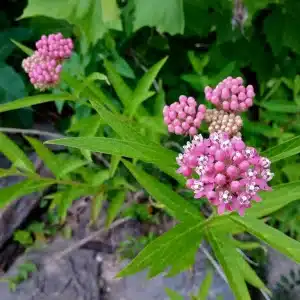
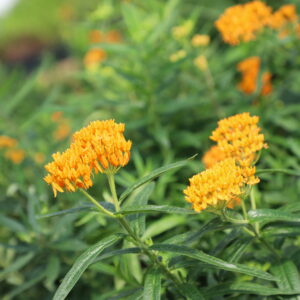
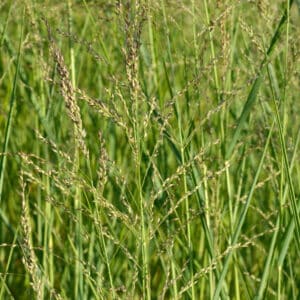
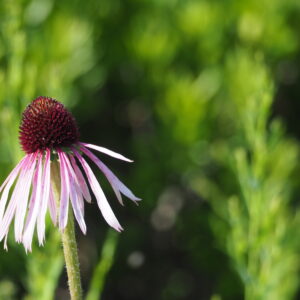
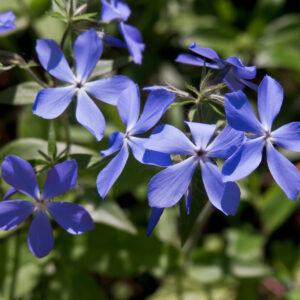

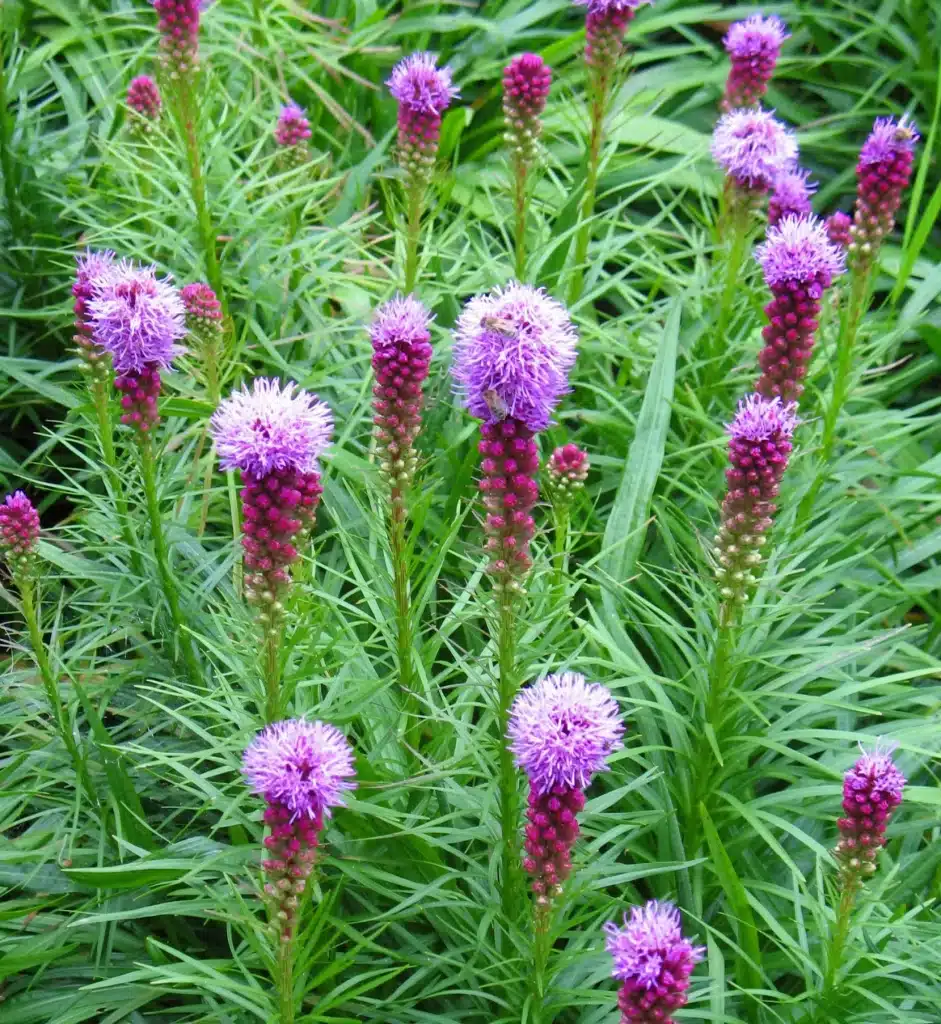
Liatris spicata thrives in full sun and prefers well-drained soil. It tolerates a range of soil types, including sandy, loamy, and clay soils, as long as they are not overly wet.
Once established, Blazing Star is drought-tolerant and requires minimal watering. Water regularly during the first growing season to help roots establish, then only during prolonged dry spells.
Blazing Star blooms from mid to late summer, producing tall spikes of vibrant purple flowers that attract pollinators.
Yes! Liatris spicata is deer and rabbit-resistant, making it a great choice for gardens in areas with browsing wildlife.
Absolutely! This plant is highly attractive to butterflies, bees, and hummingbirds, making it an excellent choice for pollinator-friendly gardens.
Yes, Liatris can grow in containers, but ensure the pot has good drainage and is large enough to accommodate its deep roots.
Plant corms in the spring or fall, about 2–3 inches deep and 6–12 inches apart. Water well after planting.
Liatris spicata is winter-hardy and does not need special protection in most regions. Leave spent flower stalks for winter interest and cut back in early spring before new growth emerges.
Yes! Liatris can be divided in early spring or fall. You can also propagate it by collecting seeds after flowering.
Yes! Liatris spicata is native to North America, making it a fantastic choice for native plant gardens and restoration projects.
Our gift cards make it easy to share the beauty of plants, flowers, and all things green. Whether for a special occasion or just because, give the gift of choice and let them select their favorites to create a garden they’ll cherish.
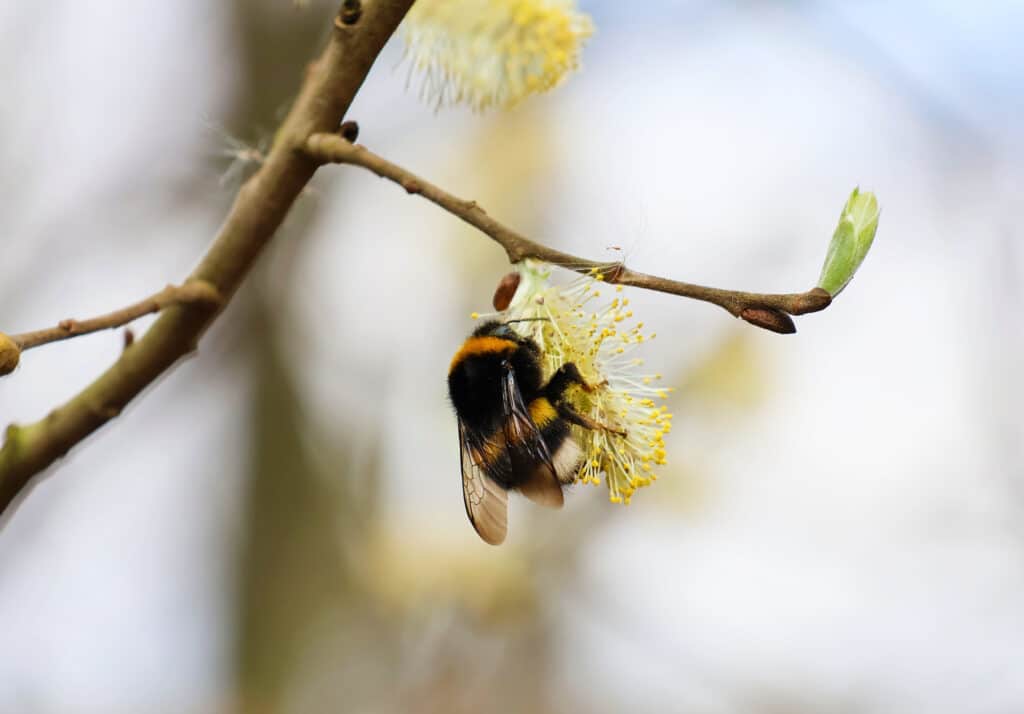
Only Local Delivery Available (Long Island & Queens)
Ground Shipping Paused
To protect our plants from extreme summer heat, we’ve paused nationwide ground shipping to avoid any damage during transit.
Local Delivery Only
We’re still delivering locally to Long Island and Queens, so nearby customers will continue to receive orders as usual.
Fall Pre-Orders Are Open Nationwide!
We will resume normal shipping for non-local orders placed during the pause in early September.
Thank you for your support and understanding—we’re looking forward to growing with you this fall!